Description
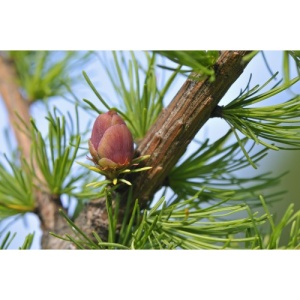 Larix laricina (American Larch)
Larix laricina (American Larch)
Larix laricina, commonly called tamarack, eastern larch, American larch or hackmatack, is a deciduous conifer whose green needles turn a showy yellow in fall before falling to the ground as winter approaches. This is a tree of very cold climates, growing to the tree line across North America. It is native to boggy soils, wet poorly-drained woodlands and some moist upland soils primarily in the boreal forests from central Alaska, Yukon Territories and British Columbia to Newfoundland dipping south to Minnesota, Illinois and Pennsylvania. This is a medium to large sized tree that typically grows to 40-60′ (less frequently to 80’) tall with an open pyramidal shape and horizontal branching. Slender green needles (to 1 1/4″ long) grow in brush-like clusters (up to 30 needles per cluster) which appear at the ends of short spur-like shoots spaced along the branches. Rounded cones (to 1”) mature to brown. Bark on mature trees is a scaly, reddish-brown.
Common Name: tamarack
Type: Tree
Family: Pinaceae
Native Range: Northern North America
Zone: 2 to 5
Height: 40.00 to 80.00 feet
Spread: 15.00 to 30.00 feet
Bloom Time: spring
Bloom Description: small non-descript
Sun: Full sun
Water: Medium
Maintenance: Low
Suggested Use: Rain Garden
Leaf: yellow gold
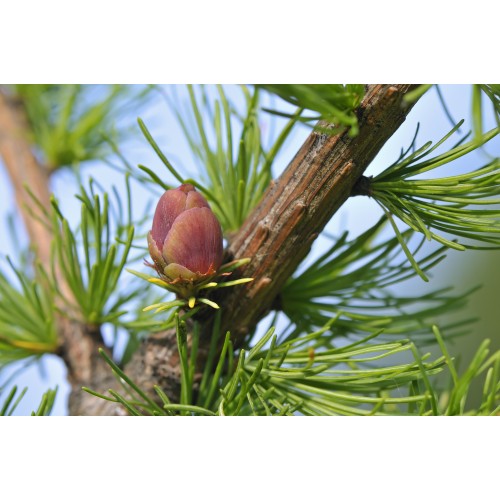
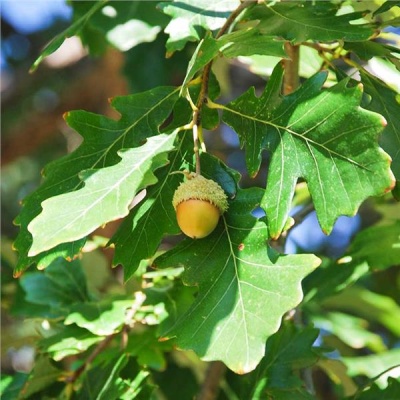
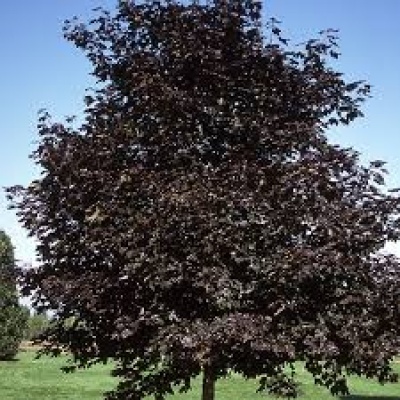
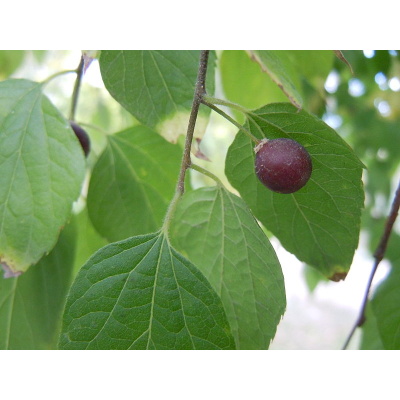
Reviews
There are no reviews yet.